公司规模
Large Corporate
地区
- America
国家
- Chile
产品
- Blue Yonder's warehouse management capabilities
技术栈
- Inventory Management System
实施规模
- Enterprise-wide Deployment
影响指标
- Customer Satisfaction
- Productivity Improvements
技术
- 功能应用 - 仓库管理系统 (WMS)
适用行业
- 食品与饮料
适用功能
- 仓库和库存管理
用例
- 库存管理
服务
- 培训
关于客户
Ariztía 是智利第二大鸡肉和家禽生产商。该公司成立于 1894 年,多年来发展迅速。Ariztía 的使命和愿景是为客户提供优质产品和卓越服务。他们的产品保质期较短,以新鲜或冷冻的方式运送给客户。该公司高度重视培训和教育,认为这是提高员工生产力的关键因素。
挑战
Ariztía 是智利第二大鸡肉和家禽生产商,在管理其保质期较短的产品方面面临挑战。该公司的产品以新鲜或冷冻的方式运送给客户,需要严格的库存控制以确保新鲜度。这对 Ariztía 至关重要,因为它直接影响到他们为客户提供优质产品和优质服务的使命。该公司还坚信培训和教育对提高员工生产力的价值。然而,保证新鲜度要求严格遵守先过期/先出的库存周转惯例,事实证明这是一个挑战。
解决方案
Ariztía 向 Blue Yonder 寻求解决方案以应对其库存管理挑战。Blue Yonder 的仓库管理功能使 Ariztía 能够更好地管理其保质期较短的库存,并更准确地将库存实践与客户要求相匹配。这提高了客户满意度,减少了库存损失。该解决方案还改善了对库存的控制,从而提高了员工生产力和公司盈利能力。除了仓库管理解决方案外,Blue Yonder 还为 Ariztía 提供培训,进一步增强了他们对培训和教育对提高生产力的价值的信念。
运营影响

Case Study missing?
Start adding your own!
Register with your work email and create a new case study profile for your business.
相关案例.

Case Study
The Kellogg Company
Kellogg keeps a close eye on its trade spend, analyzing large volumes of data and running complex simulations to predict which promotional activities will be the most effective. Kellogg needed to decrease the trade spend but its traditional relational database on premises could not keep up with the pace of demand.
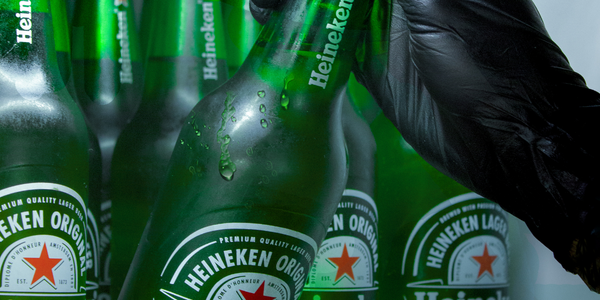
Case Study
HEINEKEN Uses the Cloud to Reach 10.5 Million Consumers
For 2012 campaign, the Bond promotion, it planned to launch the campaign at the same time everywhere on the planet. That created unprecedented challenges for HEINEKEN—nowhere more so than in its technology operation. The primary digital content for the campaign was a 100-megabyte movie that had to play flawlessly for millions of viewers worldwide. After all, Bond never fails. No one was going to tolerate a technology failure that might bruise his brand.Previously, HEINEKEN had supported digital media at its outsourced datacenter. But that datacenter lacked the computing resources HEINEKEN needed, and building them—especially to support peak traffic that would total millions of simultaneous hits—would have been both time-consuming and expensive. Nor would it have provided the geographic reach that HEINEKEN needed to minimize latency worldwide.
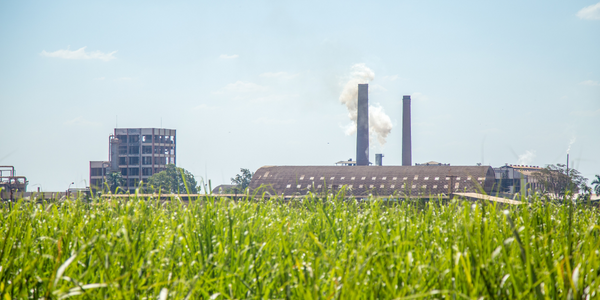
Case Study
Energy Management System at Sugar Industry
The company wanted to use the information from the system to claim under the renewable energy certificate scheme. The benefit to the company under the renewable energy certificates is Rs 75 million a year. To enable the above, an end-to-end solution for load monitoring, consumption monitoring, online data monitoring, automatic meter data acquisition which can be exported to SAP and other applications is required.
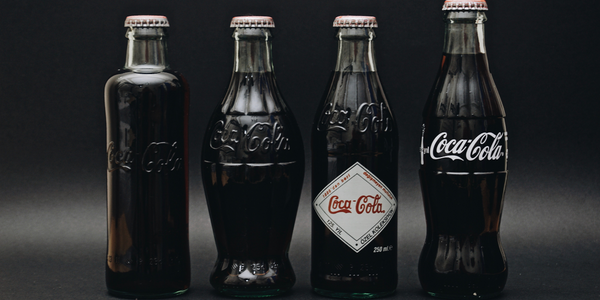
Case Study
Coca Cola Swaziland Conco Case Study
Coco Cola Swaziland, South Africa would like to find a solution that would enable the following results: - Reduce energy consumption by 20% in one year. - Formulate a series of strategic initiatives that would enlist the commitment of corporate management and create employee awareness while helping meet departmental targets and investing in tools that assist with energy management. - Formulate a series of tactical initiatives that would optimize energy usage on the shop floor. These would include charging forklifts and running cold rooms only during off-peak periods, running the dust extractors only during working hours and basing lights and air-conditioning on someone’s presence. - Increase visibility into the factory and other processes. - Enable limited, non-intrusive control functions for certain processes.
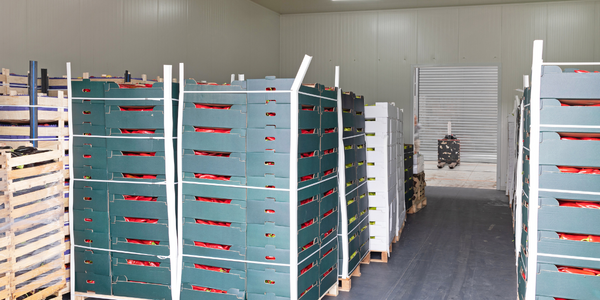
Case Study
Temperature Monitoring for Restaurant Food Storage
When it came to implementing a solution, Mr. Nesbitt had an idea of what functionality that he wanted. Although not mandated by Health Canada, Mr. Nesbitt wanted to ensure quality control issues met the highest possible standards as part of his commitment to top-of-class food services. This wish list included an easy-to use temperature-monitoring system that could provide a visible display of the temperatures of all of his refrigerators and freezers, including historical information so that he could review the performance of his equipment. It also had to provide alert notification (but email alerts and SMS text message alerts) to alert key staff in the event that a cooling system was exceeding pre-set warning limits.
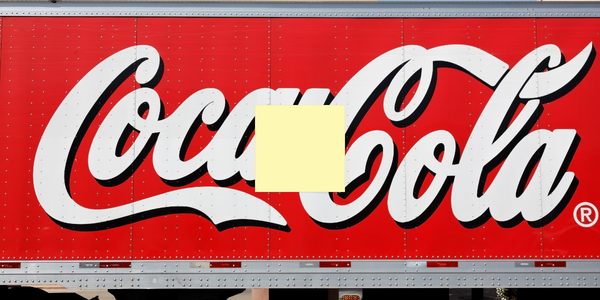
Case Study
Coca-Cola Refreshments, U.S.
Coca-Cola Refreshments owns and manages Coca-Cola branded refrigerators in retail establishments. Legacy systems were used to locate equipment information by logging onto multiple servers which took up to 8 hours to update information on 30-40 units. The company had no overall visibility into equipment status or maintenance history.







